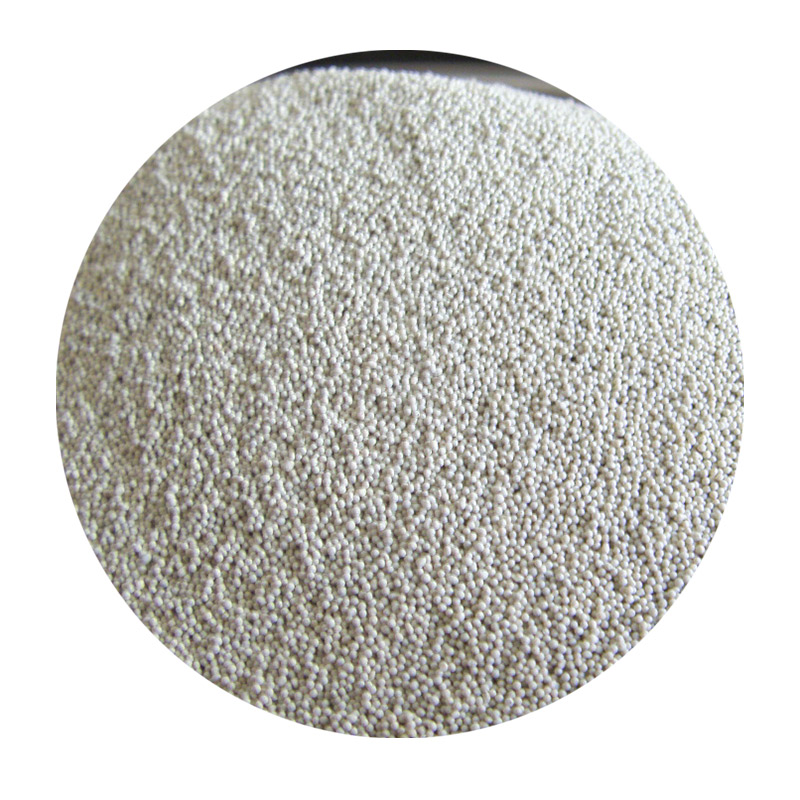Can You Sand 3D Prints?
3D printing has revolutionized the manufacturing landscape, allowing for the creation of complex designs and prototypes with relative ease. However, while the initial results can be impressive, many users often find that their prints don't come out as perfectly as they envisioned. This leads to a common question among hobbyists and professionals alike can you sand 3D prints?
Can You Sand 3D Prints?
Firstly, the type of material used plays a crucial role in how well an object can be sanded. Popular 3D printing materials like PLA, ABS, and PETG each respond differently to sanding. PLA, for instance, can be sanded with comparatively less effort, but it may melt or deform if exposed to excessive heat. ABS, on the other hand, is more durable and can withstand higher temperatures, but it may require more sanding to achieve a smooth finish. PETG falls somewhere in between, presenting a good balance of toughness and sandability.
can you sand 3d prints

When it comes to the sanding process itself, it's essential to start with a coarse grit paper (around 100-200 grit) to remove any significant imperfections or layer lines on the surface. As you progress, you should switch to finer grits (400, 600, and beyond) to achieve a smooth finish. Always ensure that you sand evenly to avoid creating uneven surfaces that can detract from the overall appearance of the piece.
Another important aspect of sanding is dust control. 3D printing materials can produce fine dust when sanded, which is harmful to breathe in. Wearing a dust mask and goggles is highly recommended to protect yourself during the sanding process. Additionally, working in a well-ventilated area can help mitigate exposure to these particles.
A popular technique to further enhance the finish after sanding is applying a coat of primer or paint. This not only covers up minor scratches but can also provide a uniform color and sheen, making the final product look more professional. Some users also opt for chemical smoothing techniques, especially with ABS. Using acetone vapor can create a smooth surface by slightly melting the outer layer of the print, yielding a glossy finish.
In conclusion, sanding is an effective method to improve the appearance and texture of 3D printed objects. By understanding the material properties, employing the correct techniques, and taking safety precautions, you can elevate your 3D prints from a rough prototype to a polished final product. So go ahead—experiment with sanding and see how much you can improve your 3D prints!
Post time:செப் . 23, 2024 12:07
Next:Current Prices and Options for 3D Sand Printers in the Market Today
